“Arquitectar 11 Prize // New Architect Revelation” - Filipa Mota Nunes, João Veiga, João Azougado, Mariana Cidade Ferreira, Ricardo Branco
Honorable Mention, 2012
ISCTE-Lisbon University Institute
__________________________________________________________________
The challenge was refurbishing an industrial revolution related house from the 19th century in Lisbon. The building revealed a self-portable structure with a gable roof and a very compartmentalized plan. The main entrance is in the first floor. The ground floor is accessible by the level of the backyard – clearly lower than the street – as well as by the interior of the building.
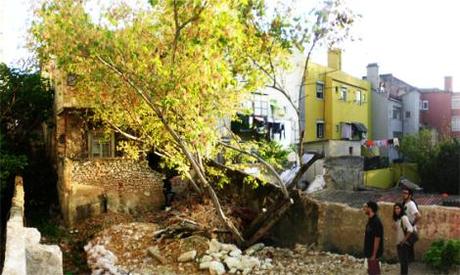
The strategy for the building’s refurbishment consists in designing a new staircase block, assuming the interior volume of the building as a whole and reshaping it with an interior patio whose functions are not only spatial – simplifying the plan – but also technical –ventilating and cooling the building with its chimney effect. Besides the crossed ventilation, the project takes advantage of the building’s situation of being half dug in the terrain and uses it to the passive cooling.

The inner patio is warped in a recyclable translucent fabric which brings the light with different intensities to the interior, allowing the moving shadows of the inhabitants to be seen in all rooms too. This fabric also helps to control the acoustics. It was also decided to integrate systems of storage of the rain water to be used either in the flush or in the backyard.
The analysis of the urban context around the building evidenced that there were metrics, rules and systems of the interior yards that could be better used. Thus, the project foresees a contagion effect where the systems of storage of rain water should create a larger system that could reuse the water either for the common gardens or to the private housing needs.

The proposed design studied different spatial organizations providing the modern living conditions and comfort standards in attitude of actualizing the concept of the «Living Machine»
The need of the integration of bathrooms was technically solved with the installation of new volumes spread all over the house.
The sustainability approaches were designed in three related branches: ecological, social and economical.
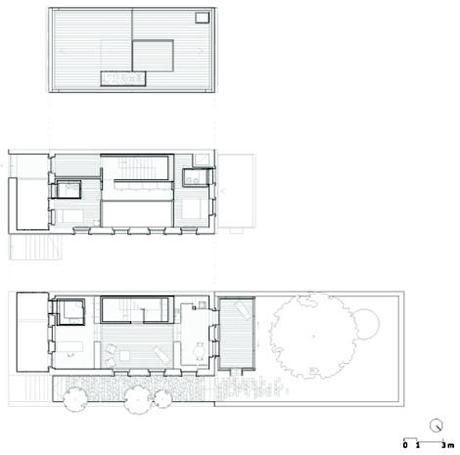
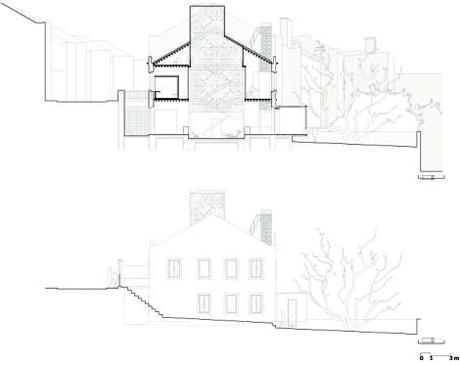

First, the ecological reasoning privileged the passive techniques as well as the choice of recycled/recyclable materials. This was based on the Stefan Behling Diagram (Abalos, 2009) that defends that the architecture of the future will focus more on the passive systems in addition to the architectural shaping, creating the best compromise between design and performance.
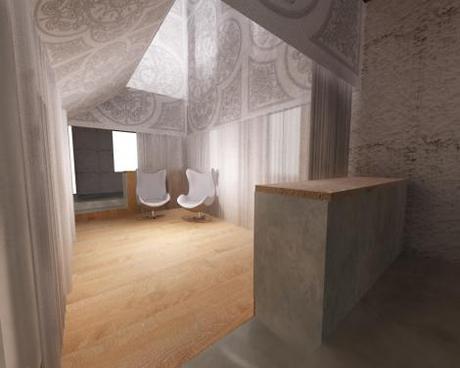
Second, the social branch was thought in two different scales: the community and the family. Therefore, the house was redesigned in order to create flexible appropriations, in spite of being rationally optimized. Moreover, it was thought that the rehabilitation of the house would need the contamination effect to consolidate it, thus urban furniture was thought to be aggregated to the water reservoirs, being possible to install them in different periods – not needing a greater initial investment.
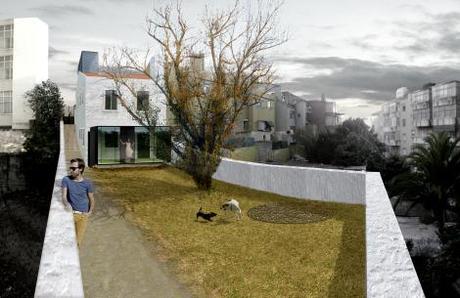
Finally, the economical branch was developed focusing on qualitative aspects, proposing architectural solutions that privileged the design over the high-tech solutions which would ease the maintenance and further adaptation of the building.


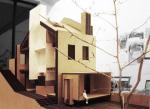
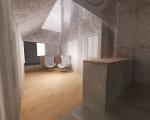


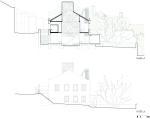

Archivado en: Arquitectura, BlogARQ Projects, Xabi García Tagged: Arquitectar 11 Prize // New Architect Revelation, Filipa Mota Nunes, ISCTE-Lisbon University Institute, João Azougado, João Veiga, Mariana Cidade Ferreira, Ricardo Branco

